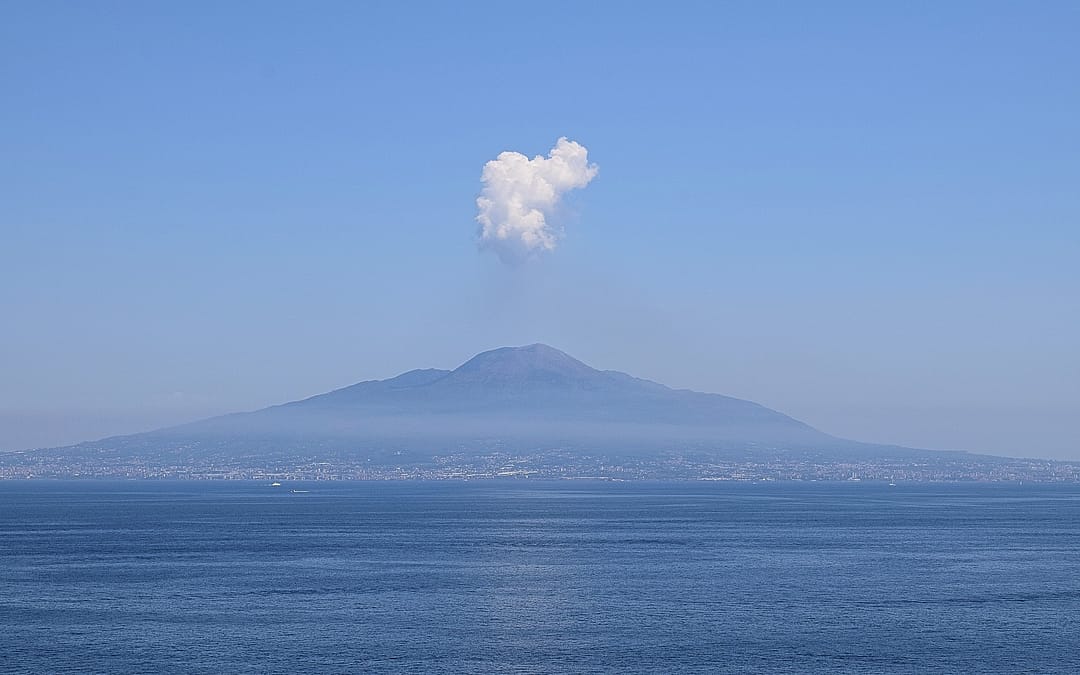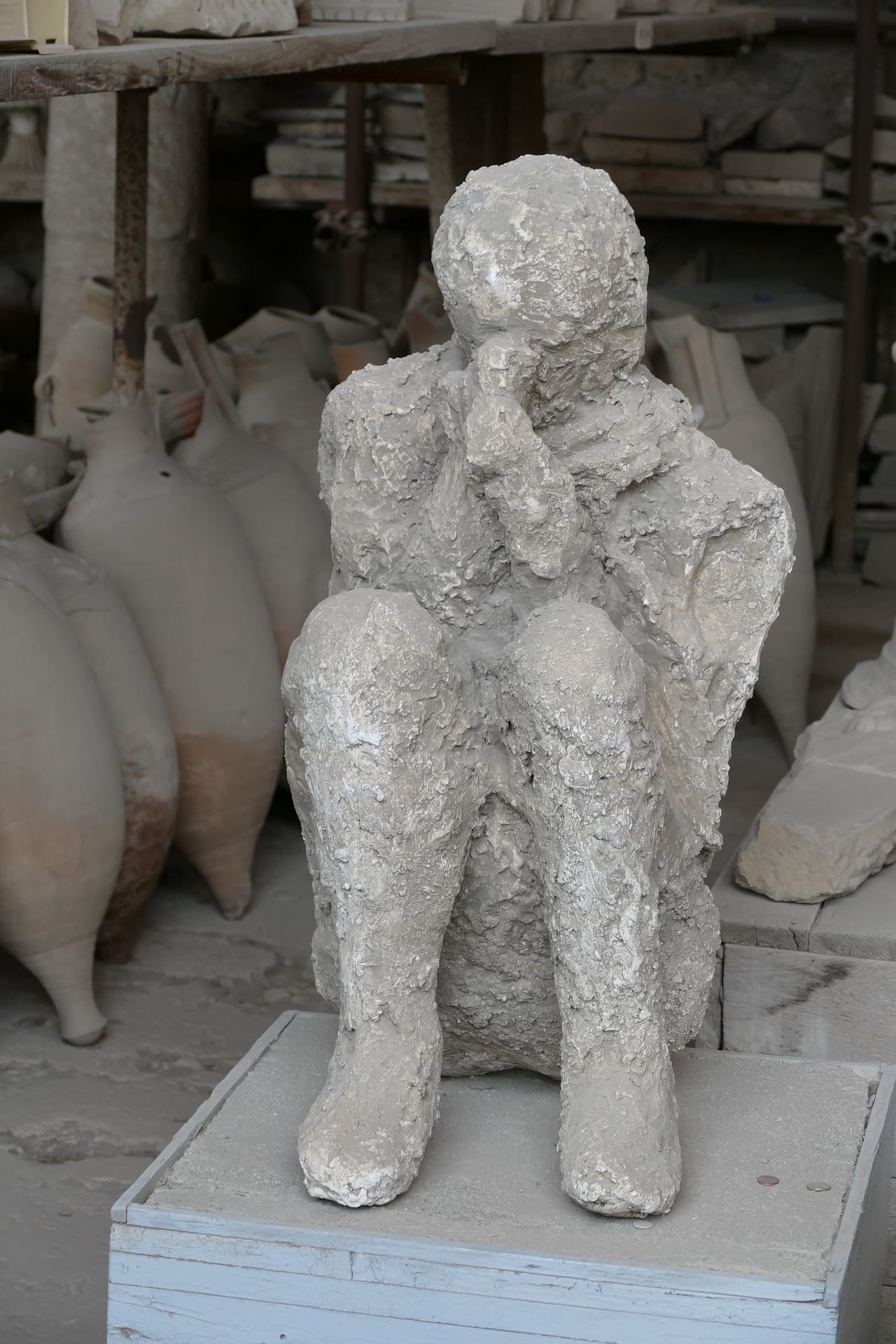
Vesuvius, Pompeii and Herculaneum: A Journey through Time and Tragedy
Historical Significance
The eruption of Mount Vesuvius in 79 AD was a cataclysmic event that dramatically altered the course of history. Pompeii and Herculaneum, once vibrant Roman cities, were buried under layers of ash and pumice, preserving them in an almost perfect state for centuries. This unexpected preservation allowed archaeologists to unearth a wealth of information about ancient Roman life, offering a snapshot of a society frozen in time.
Pompeii, with its well-preserved streets, houses, and public buildings, has been a treasure trove for historians and archaeologists. The city’s ruins provide insights into Roman architecture, engineering, and daily life, offering a vivid portrayal of how people lived, worked, and socialized during the height of the Roman Empire.
Herculaneum, a smaller but equally significant archaeological site, was also engulfed by Vesuvius’ eruption. The well-preserved ruins include luxurious villas, public baths, and even wooden furniture that survived the volcanic aftermath. Herculaneum’s unique preservation has allowed researchers to study the daily lives of both the elite and common citizens of ancient Rome.
Architectural Marvels
The architectural wonders of Pompeii and Herculaneum showcase the ingenuity and sophistication of ancient Roman engineering. The well-planned streets, intricate mosaics, and elaborate frescoes in Pompeii’s homes and public buildings reflect the artistic and cultural achievements of the time. The amphitheater, capable of accommodating thousands of spectators, stands as a testament to the grandeur of Roman entertainment.
Herculaneum’s architecture, though smaller in scale compared to Pompeii, boasts luxurious villas adorned with exquisite frescoes and well-preserved courtyards. The city’s ancient waterfront, once lined with shops and baths, provides a glimpse into the maritime activities that fueled Herculaneum’s prosperity.






























